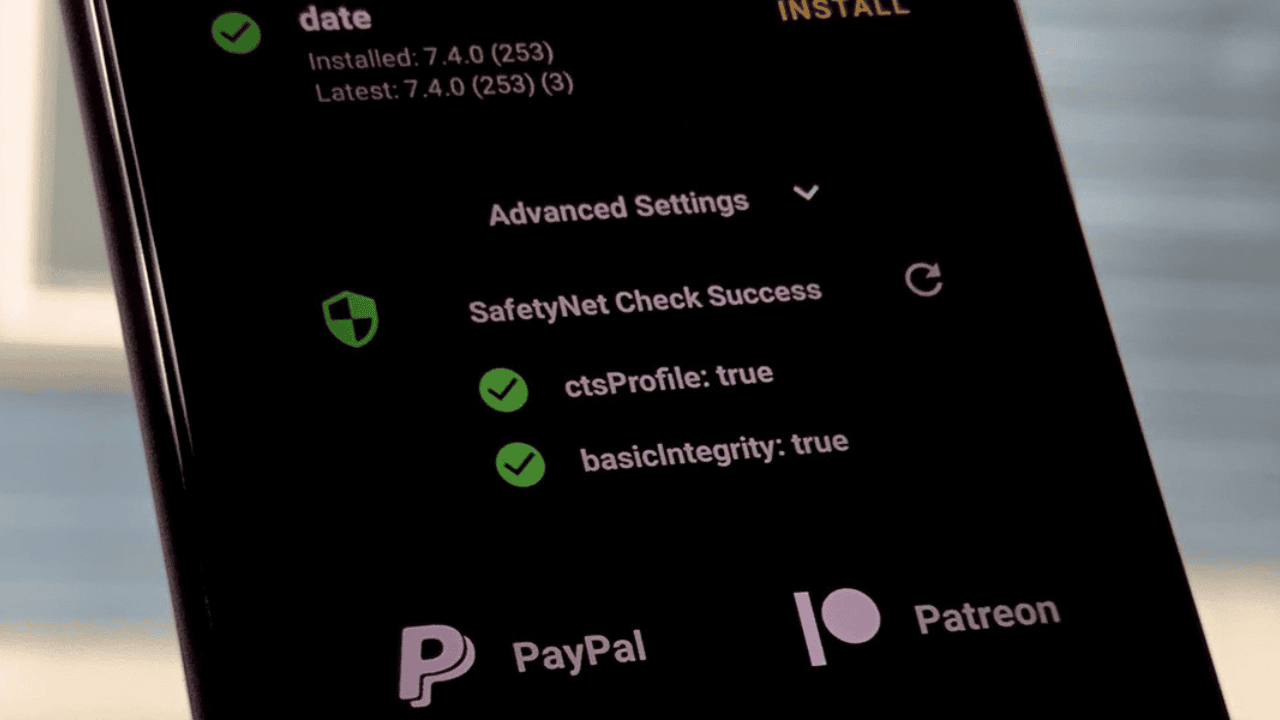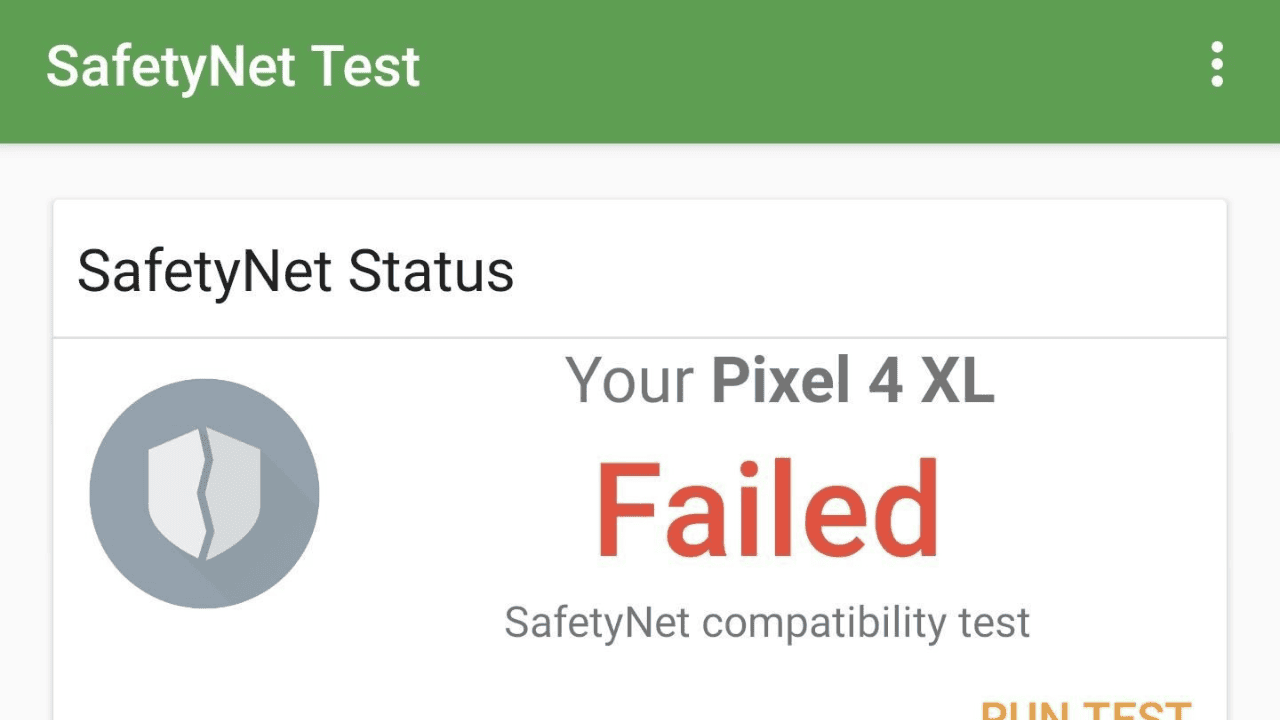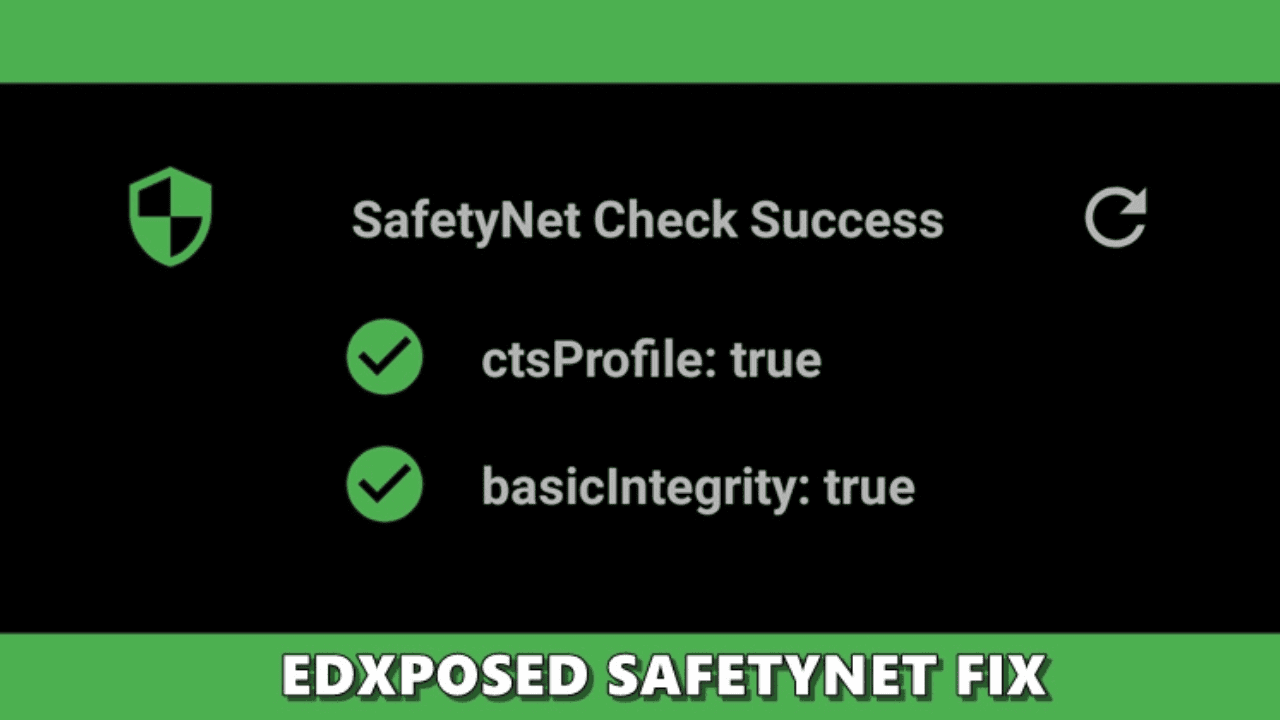Google will soon release Android 12, the latest version of its operating system. There will be new and exciting functions in the new version of the OS. First, there will be new Materials to create, and the wallpaper will use the UX Theming engine.
There will be a new Settings menu, a new Notifications Panel, and some accessibility tools like the Camera Switch. All of these will be offered by the OEM. SafetyNet is another cool thing that will be in the next versions of the OS.
It is a security tool from Google that will be in the next versions of smartphones and tablets that use the Android OS. Its job is to stop anyone with a rooted Android device from using phone banking apps or making any kind of transaction with that device. Because Android OS has made its rules about privacy more strict.
Table of Contents
What is SafetyNet?
Android is made to run without giving the end user any kind of special access to the parts that make it work. If a person using an Android device can get access to administrative (also called “superuser”) permissions like they can on Linux, they can change or replace core system apps and settings.
Also Read: Step-By-Step Guide: Updating Your Motorola Phone To Android 13!
From the point of view of an app creator, this means that the device on which their app is running could be hacked. There should be some kind of method to check the software and hardware environment of the device and let app developers know that everything is fine. SafetyNet comes into play here.
Even though modding is an important part of the Android environment, the OS sometimes needs to be very strict to meet the requirements of security policies. SafetyNet is a set of APIs in the Google Play Services that can find abuse. By calling the SafetyNet Attestation API, third-party apps can check to see if the device’s software environment has been changed in any way.
The API checks for things like the status of the bootloader unlock, signs of superuser binaries, and more to compare the current state of the target Android device to a known “safe” number on the server side and make sure the environment is safe.
Google has already said that it wants to get rid of SafetyNet. By 2024, the Play Integrity API will take its place. Even so, SafetyNet is still used by many app makers to check for tampering, which makes it a hard obstacle for people who like to mod.
How to Pass SafetyNet o Android?
You will automatically pass the SafetyNet if you flash an official system ROM and lock the kernel. But in this piece, we’ll talk about how to get around SafetyNet on rooted Android phones and phones with custom operating systems (ROMs). Using Magisk makes it easy to get past SafetyNet. In this piece, I’m going to talk about two methods that I’ve used and found to work.
Pass SafetyNet using Magisk
To use this way to get past SafetyNet, you need to have Magisk on your device. Installing it first is important.
Simple Methods
You should put Magisk on your phone because we got past SafetyNet by using Magisk Module. If your Android ROM is compatible with SafetyNet, you can easily pass by using the SafetyNet Fix Magisk Module.
- Open Magisk.
- Turn on Zygisk on Magisk Settings.
- Set Enforce DenyList to on.
- Go to Configure DenyList and check Google Play Services.
- com.google.android.gms
- com.google.android.gms.unstable
- com.google.android.gms:snet
- If these three things aren’t checked, nothing else should be.
- Install Universal SafetyNet Fix as a Magisk plugin by downloading it.
- Reboot and enjoy SafetyNet.
Also Read: Step-By-Step Guide To Accessing Your Data Folder In Android 13!
Advanced Methods
You should use Shamiko and the SafetyNet Fix Magisk Module to get around SafetyNet on ROMs that aren’t compatible. Here are the steps to follow:
- Flash Magisk 24.3 or later, as of this writing, the latest version is 25.2, and turn on Zygisk.
- Flash all of the modules listed above (SafetynetFix, Sui, and Shamiko) and then restart.
- Go to “Configure DenyList” in Magisk’s settings and choose the annoying bank app you need to get rid of.
- If you turn on Enforce Denylist, Shamiko will break.
- Still in Magisk Settings, choose “Hide the Magisk app,” give it approval to install unknown apps, type in a random app name, and let it do its job.
- Go to Sui and make it so that the root state of your annoying bank app is hidden.
- Enjoy how well your bank app now works.
What Happens When SafetyNet Fails?
Let’s say that the SafetyNet can’t check the system, but a hardware-based verification can.
In that case, you won’t be able to use any internet banking apps, streaming services like Amazon, or games on your phone. For that, you can get around SafetyNet using an Android 12 phone that has just been rooted.
SafetyNet Got Tripped!
SafetyNet is tripped when a number of things happen that are different from how an Android device is set up by default. Even if you only open the bootloader of your phone and don’t change the factory-installed OS, you may still get a “CTS profile mismatch” error that makes the SafetyNet check fail. CTS stands for “Compatibility Test Suite.”
If you root your Android device or change the stock firmware with a custom ROM, you will probably get a SafetyNet failed status. So, you can’t use apps and games on the device that use SafetyNet approval.
This is especially true for banking and other financial apps like Google Pay, which depend solely on the SafetyNet Attestation result and won’t let users use the app in a setting that looks like it has been tampered with for security reasons. When it comes to games, SafetyNet is used to check the integrity of the device so that bad players can’t cheat or change game variables to get an unfair edge.
Also Read: How to turn on Facebook dark mode on an iPhone or Android
Conclusion
Last but not least, there are cases where publishers use Google’s tamper detection system wrongly for no good reason, which is why power users want to avoid the detection processes. In a word, the modding community will have to choose between having access to root/custom ROMs/kernels/etc. or their favorite apps and games. This may seem like the end of third-party apps for Android, but there is still hope.






